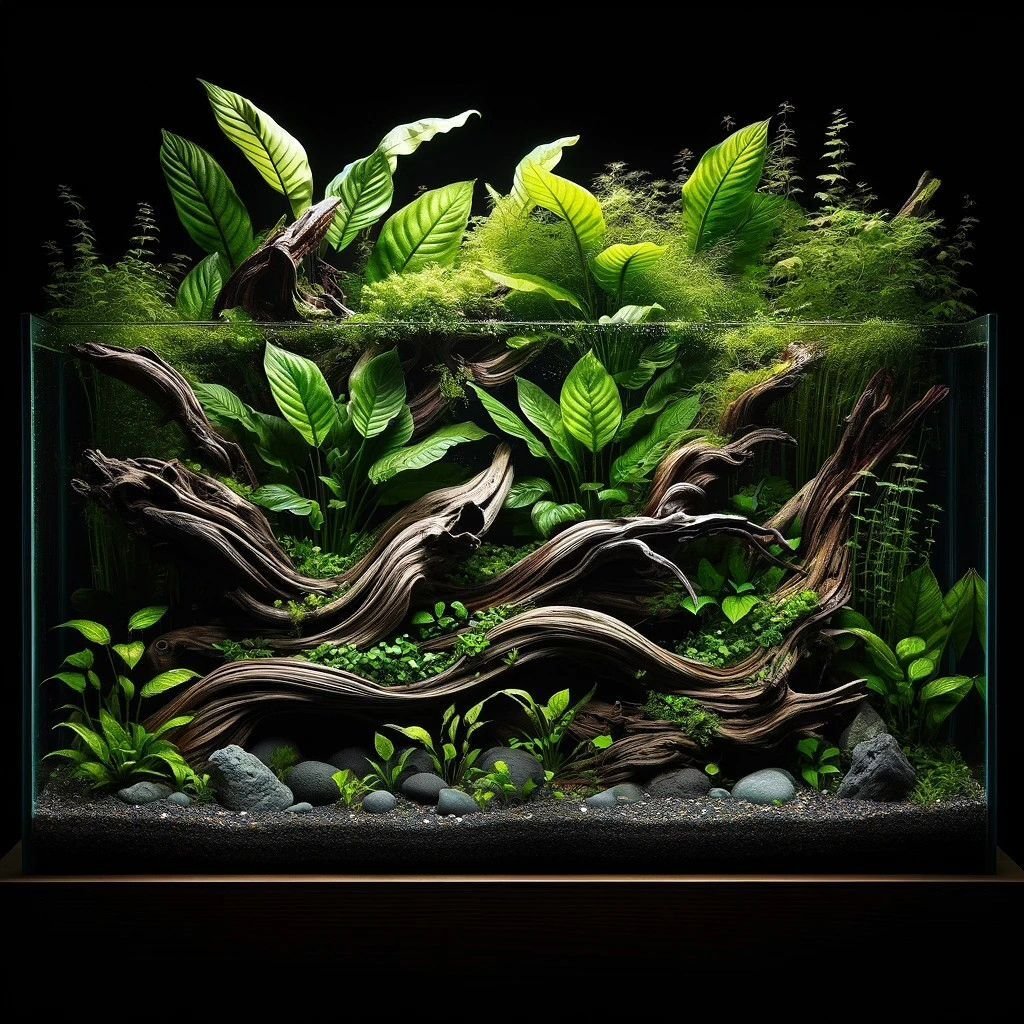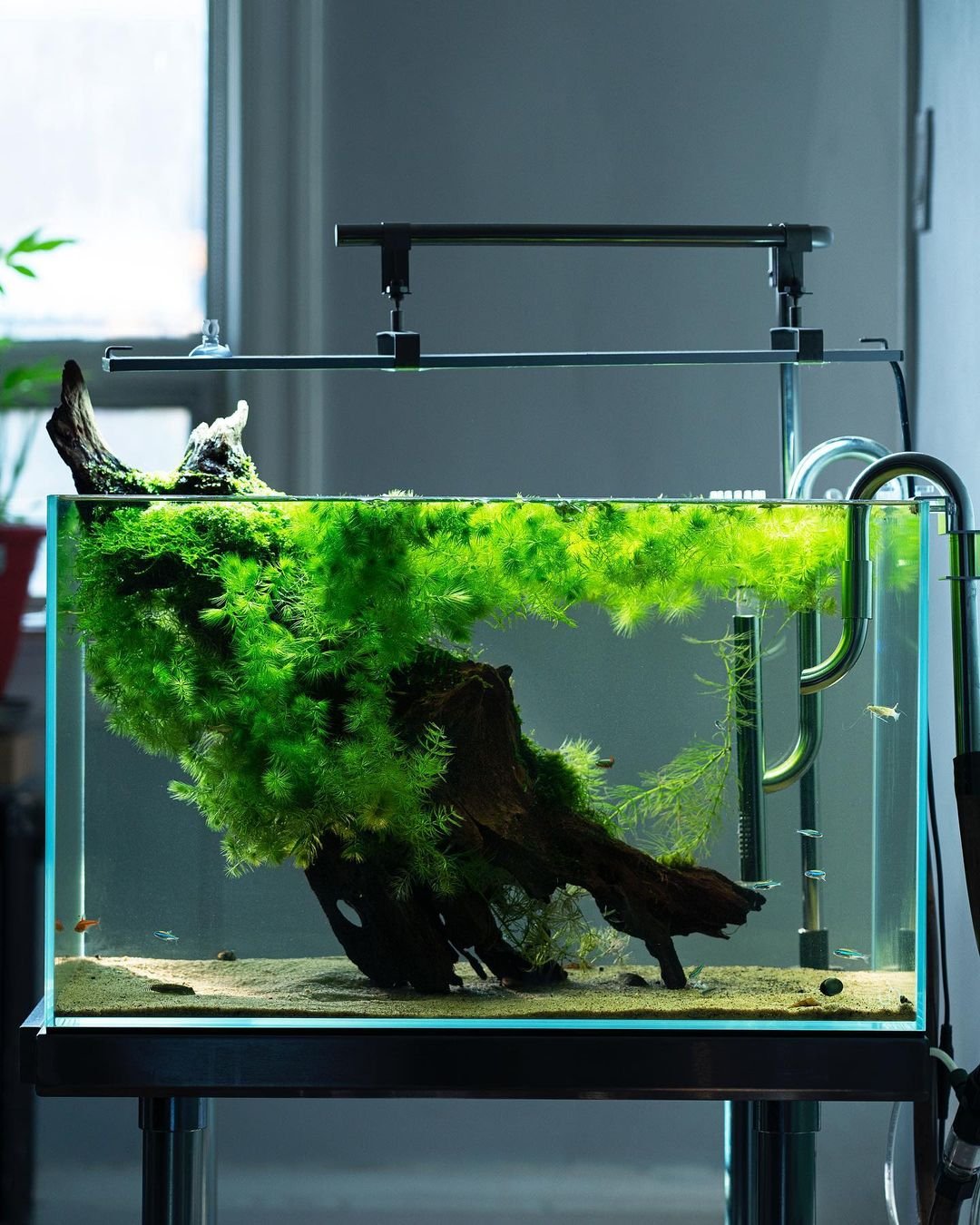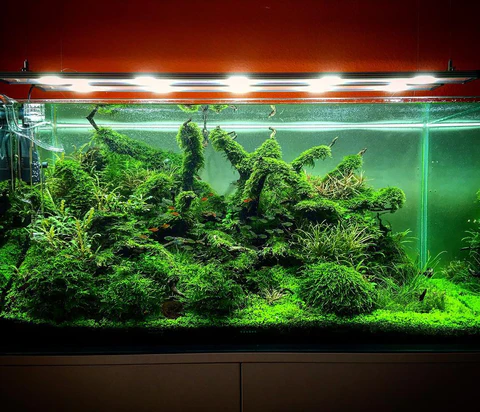Discover the best aquarium water plants for your tank. Learn about easy-to-grow species, their benefits and expert care tips for a thriving underwater garden.
Aquarium water plants are essential for creating a healthy, balanced ecosystem in your fish tank. They provide oxygen, absorb excess nutrients, and offer shelter for fish and other aquatic life. As an experienced aquarist, I’ve found that incorporating live plants can transform an ordinary tank into a vibrant underwater paradise. Let’s dive into the world of aquarium water plants!
Benefits of Aquarium Water Plants
Adding live plants to your aquarium offers numerous advantages:
- Oxygenation of water
- Natural filtration of toxins
- Algae control
- Stress reduction for fish
- Enhanced aesthetics
Top 5 Easy-to-Grow Aquarium Water Plants
Here are my top recommendations for beginners:
1. Java Fern (Microsorum pteropus)

- Low light requirements
- Attaches to rocks or driftwood
- Slow-growing and low-maintenance
2. Anubias (Anubias barteri)

- Extremely hardy
- Thrives in low to moderate light
- Resistant to most fish species
3. Amazon Sword (Echinodorus bleheri)

- Fast-growing background plant
- Adaptable to various water conditions
- Helps oxygenate water effectively
4. Hornwort (Ceratophyllum demersum)

- Excellent for beginners
- Grows well floating or planted
- Natural water purifier
5. Java Moss (Taxiphyllum barbieri)

- Versatile and easy to propagate
- Creates hiding spots for small fish and fry
- Helps maintain water quality
For more detailed information on these and other aquatic plants, check out the Tropical Fish Hobbyist Magazine’s plant guide.
Planting and Care Tips
To ensure your aquarium plants thrive:
- Use appropriate substrate: I recommend a nutrient-rich substrate specifically designed for aquatic plants.
- Provide adequate lighting: Most plants need 8-10 hours of light daily. LED aquarium lights work well for plant growth.
- Maintain water parameters: Keep pH between 6.5-7.5 and temperature around 72-82°F (22-28°C) for most tropical plants.
- Fertilize regularly: Use liquid fertilizers or root tabs to supplement nutrients.
- Trim and prune: Regular maintenance prevents overgrowth and promotes healthy plant development.
Common Challenges and Solutions
Even experienced aquarists face plant-related issues.
Here are some I’ve encountered:
- Algae overgrowth: Balance lighting and nutrients, and consider adding algae-eating fish or snails.
- Yellowing leaves: Often indicates nutrient deficiency. Supplement with appropriate fertilizers.
- Melting plants: New plants may “melt” as they adapt. Remove dead parts and be patient as they regrow.
- Fish eating plants: Choose hardy species or protect plants until established.
For more troubleshooting advice, visit the Aquarium Co-Op’s plant care guide.
Advanced Techniques: CO2 Injection
For lush, rapid plant growth, consider adding a CO2 injection system. This technique:
- Boosts plant metabolism
- Enhances color and growth rate
- Allows for a wider variety of plant species
However, CO2 injection requires careful monitoring and is generally recommended for more experienced aquarists.
Incorporating water plants into your aquarium not only creates a stunning underwater landscape but also promotes a healthier environment for your aquatic pets. Start with easy-to-grow species and gradually expand your underwater garden as you gain experience.
Remember, patience is key when working with live plants. It may take time to find the right balance, but the results are well worth the effort. Your fish will thank you for creating a more natural, stress-free habitat.
Have you tried growing aquarium plants? Share your experiences or questions in the comments below. Happy planting!